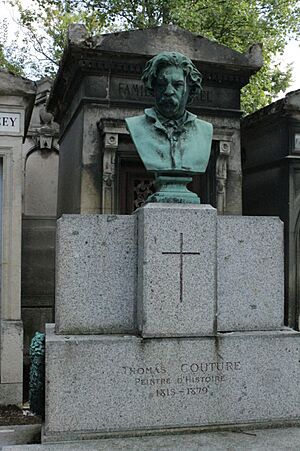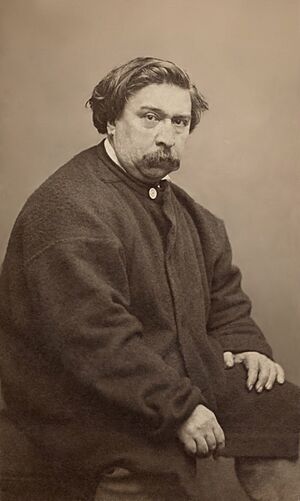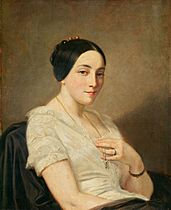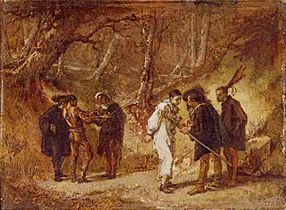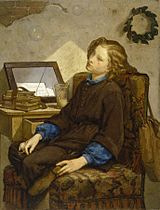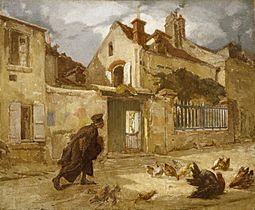Thomas Couture facts for kids
Quick facts for kids
Thomas Couture
|
|
|---|---|
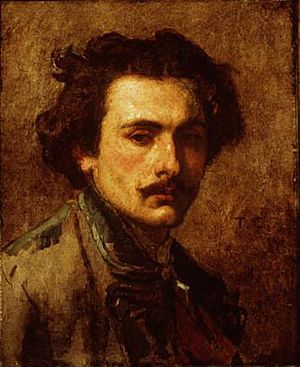
Thomas Couture, self-portrait
|
|
| Born | 21 December 1815 Senlis, Oise, France
|
| Died | 30 March 1879 (aged 63) Villiers-le-Bel, Val-d'Oise, France
|
| Resting place | Père Lachaise Cemetery, Paris, France |
| Education | École des Arts et Métiers |
| Known for | Painting, Author |
|
Notable work
|
Romans in the Decadence of the Empire |
Thomas Couture was a French painter and teacher who lived from 1815 to 1879. He was famous for his "history paintings," which are large artworks showing important events or stories. Couture taught many artists who later became well-known. Some of his students included Édouard Manet and William Morris Hunt.
Contents
Life of Thomas Couture
Early Life and Art Training
Thomas Couture was born in a town called Senlis, Oise, in France. When he was 11 years old, his family moved to Paris. In Paris, he studied at an industrial arts school. Later, he went to the famous École des Beaux-Arts, which is a school for fine arts.
Art Career and Teaching Style
Couture tried six times to win the important Prix de Rome art competition. He believed the competition itself was the problem, not his own skills. He finally won the prize in 1837.
By 1840, Couture started showing his historical and everyday life paintings at the Paris Salon. This was a big art exhibition. He won several awards for his works. His most famous painting, Romans During the Decadence, was created in 1847.
After this success, Couture opened his own art studio. He wanted his studio to be different from the École des Beaux-Arts. He aimed to train the best new history painters there.
Couture's new painting methods became very popular. He received requests from the government and the Church to paint large murals. These were big paintings on walls. He started these projects in the late 1840s and 1850s. However, he did not finish the first two murals. The third one received mixed reviews from critics.
In 1860, Couture was upset by the criticism of his murals. He left Paris and went back to his hometown of Senlis. There, he continued to teach young artists who came to him. In 1867, he published a book about his ideas and how he worked. The book was called Méthode et entretiens d'atelier. It was later translated into English as Conversations on Art Methods in 1879, the year he passed away.
When a publisher asked him to write his life story, Couture said that talking too much about oneself was not good.
Later Years and Passing
Thomas Couture died in 1879 in Villiers-le-Bel, France. He was buried in the Père Lachaise Cemetery in Paris.
Famous Paintings
-
Anselm Feuerbach (1852)
Art History and Important Discoveries
One of Couture’s paintings, Portrait of a Seated Woman, was found in the Gurlitt Collection. This collection contained many artworks that had been lost during World War II. Experts identified the painting as belonging to a person named Georges Mandel because of a small hole in the canvas. In 2019, the painting was returned to Mandel's family.
See also
 In Spanish: Thomas Couture para niños
In Spanish: Thomas Couture para niños


